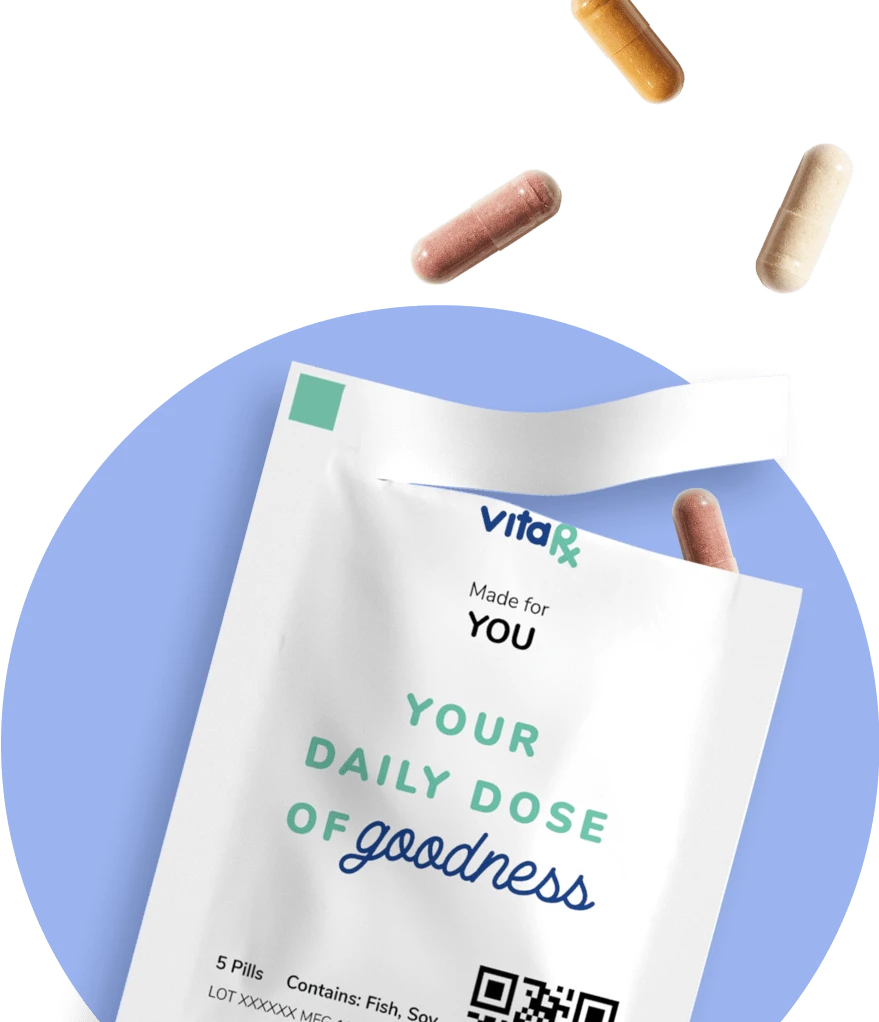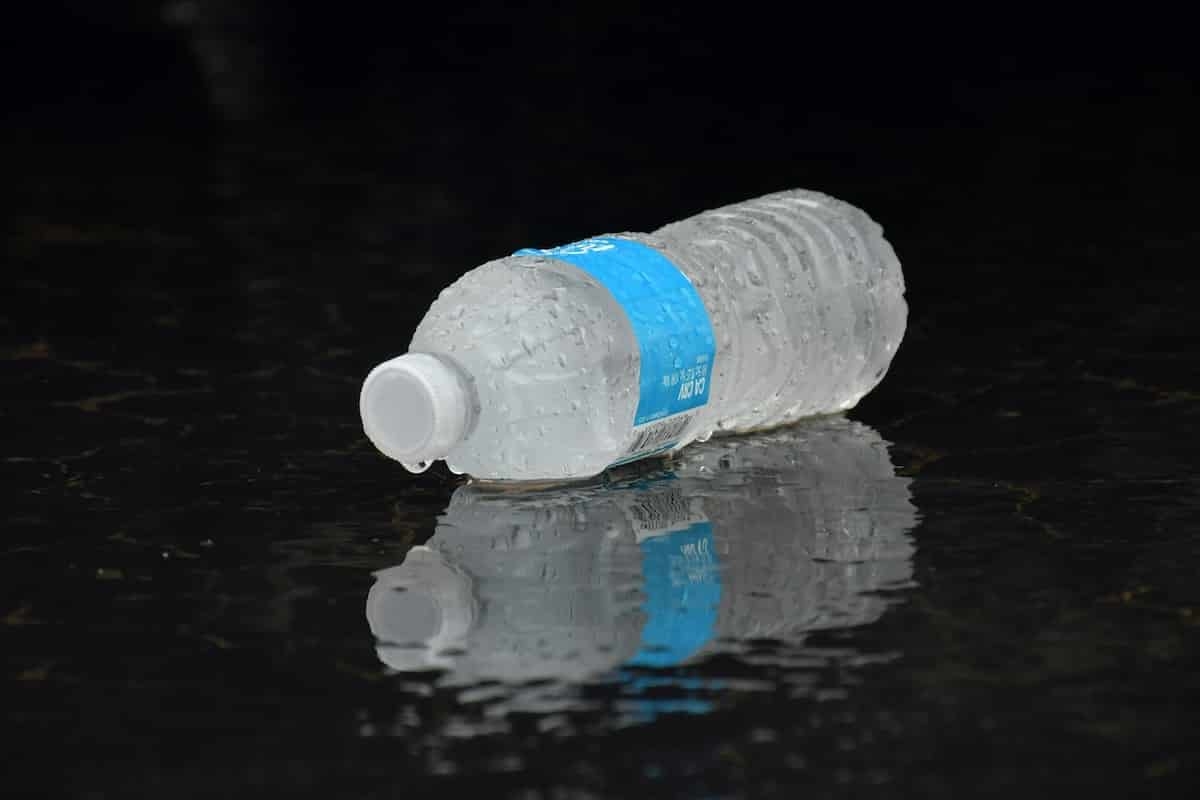Last update: July 30, 2025
9 minute read
What’s the Deal with Seaweed Protein Snacks: Discover Their Nutritional Benefits and Environmental Impact
Discover why seaweed protein snacks are the next big thing in nutrition. Learn about their health benefits, sustainability, and how to incorporate them into your diet for optimal wellness.

By Derick Rodriguez, Associate Editor
Edited by Dr. Dimitar Marinov, MD, RDN, PhD
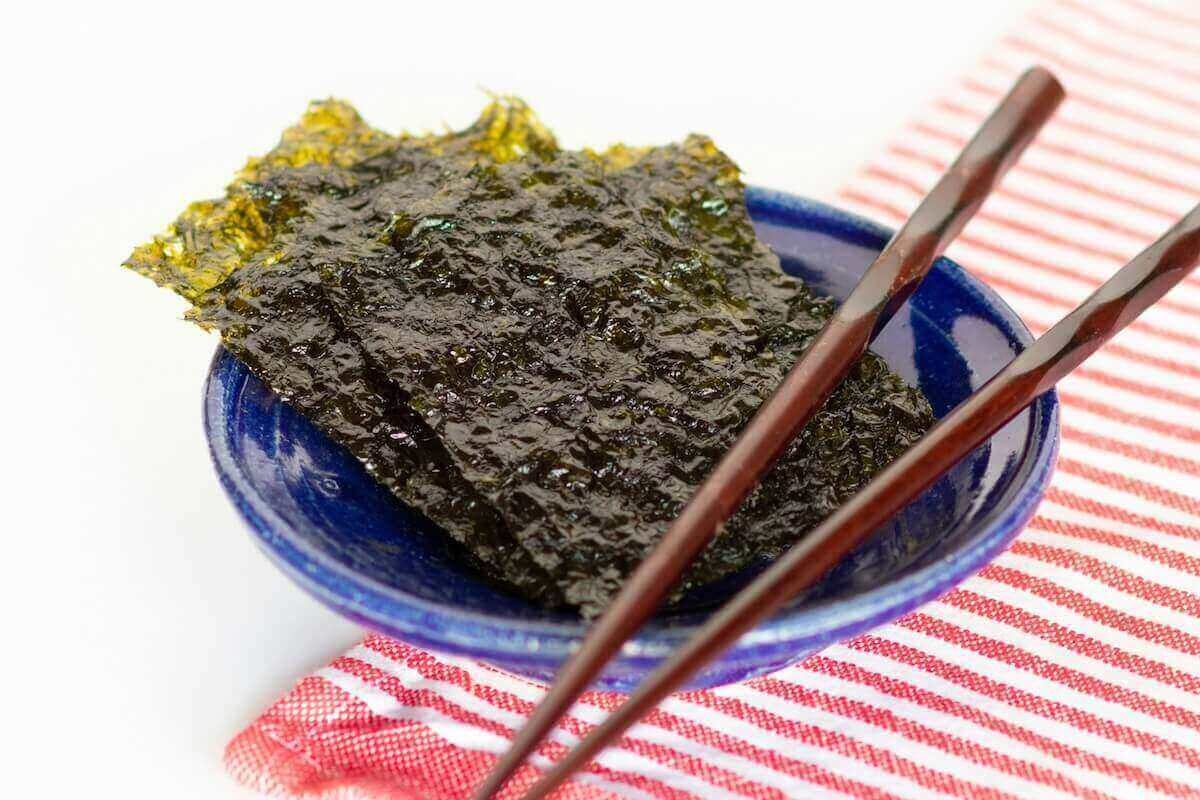
Ever tried a snack that fuels your body, boosts your gut, and even helps heal the planet, all at once? Seaweed protein snacks are quietly making waves, finally moving beyond their reputation as mere sushi companions.
Packed with plant-based protein that includes all essential amino acids (though some are present in smaller amounts), iodine, fiber, and ocean-derived omega-3s—primarily EPA, one of the heart-healthy fats also found in fish (with only small amounts of DHA in some species), these crunchy treats aren't just another health food trend—they're nutritional powerhouses hiding in plain sight.
But before you dive in, let's unpack exactly why this nutrition hero is earning its spot front and center in pantries and purses everywhere.
Key takeaways
- Seaweed protein snacks pack a powerful nutritional punch with moderate protein content and a range of essential nutrients
- These ocean-sourced snacks are sustainable and environmentally friendly
- Adding seaweed to your diet can support thyroid function, heart health, and weight management
Seaweed protein snacks are a nutritional powerhouse, offering sustainability, health benefits, and a unique flavor profile that's changing the snack game.
Let's dive deep into the world of seaweed protein snacks and uncover why they're making such a splash in the health and wellness scene.
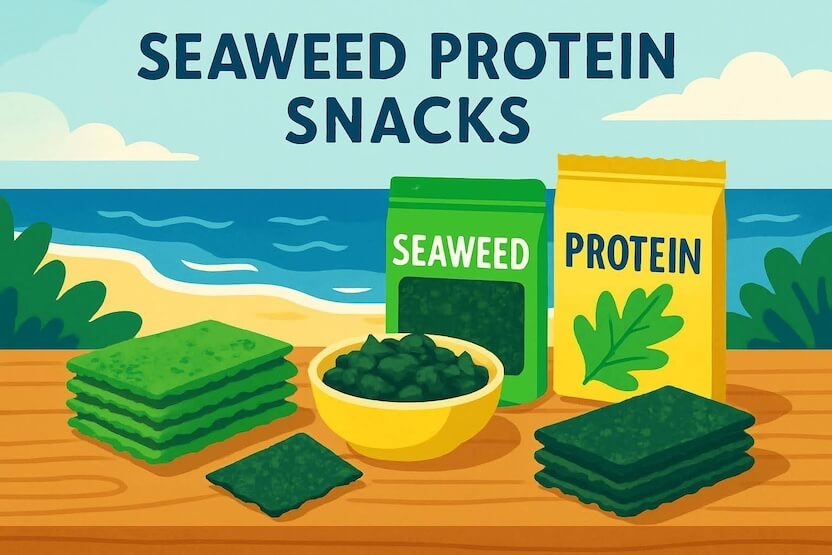
The nutritional tsunami
First things first, let's talk about nutrients. Seaweed is like the Superman of the sea, boasting an impressive array of vitamins, minerals, and proteins that'll make your multivitamin jealous.
We're talking iodine, iron, calcium, magnesium, and a complete protein profile that rivals some land-based sources. But here's where it gets really interesting. Different types of seaweed have varying nutritional profiles.
Check this out:
Seaweed Type | Iodine Content (mcg per gram) | % of DV |
|---|---|---|
Nori | 37 mcg | 25% |
Wakame | 139 mcg | 93% |
Kombu | 2523 mcg | 1,682% |
Indeed, some seaweed varieties can give you over 1,600% of your daily iodine needs in just one gram! But don't worry, we'll get to the "how much is too much" question in a bit.
Now that we've brought up iodine, you might wonder: why is it such a big deal? Iodine is essential for making thyroid hormones, which regulate your metabolism, energy, and even mood. Too little can cause hypothyroidism; too much may lead to thyroid problems.
A deeper look at the nutritional stats highlights why these snacks are surging in popularity:
Nutrients | Amount per 1 tbsp (7g) |
|---|---|
Calories | 20kcal |
Carbs | 1.7g |
Protein | ~2g |
Fat | 0.5g |
Fiber | ~1g |
Riboflavin | 20% DV |
Thiamin | 14% DV |
Iron | 11% DV |
Manganese | 6% DV |
Copper | 47% DV |
This makes seaweed snacks a concentrated source of multiple essential nutrients, including trace minerals and vitamins often missing from other snack foods.
Curious how seaweed compares to other nutritious snacks?
Snack (per 7g) | Protein | Calories | Notable Nutrients |
|---|---|---|---|
Seaweed | 2g | 20 | Iodine, copper, iron |
Almonds | 1.3g | 42 | Vitamin E, Mg |
Kale chips | 2g | 25 | Vit A, Vit C |
The protein powerhouse of the sea
Now, let's talk about protein. You might be thinking, "Seaweed? Protein? No way!" But yes, my friend.
Some seaweed species (red & green) can contain up to 50% protein by dry weight. That's comparable to some legumes!
Wondering what “complete protein” means here? It refers to providing all nine essential amino acids your body can’t produce on its own—a rarity among plant-based foods.
Japan loves seaweed!
In Japan, approximately one-fifth of meals contain seaweed—demonstrating its deep-rooted place in the diet and possibly contributing to better overall health, according to research.
Some researchers hypothesize that regular seaweed consumption, alongside many other dietary and lifestyle factors, could play a small role in Japan’s high life expectancy, but any direct causal link has not been proven.
The unique mix of iodine, high-quality proteins, and antioxidants found in seaweed may play a role in these longevity statistics.
Comparative macronutrient breakdown (brown seaweeds, dry weight):
Seaweed | Protein (%) | Lipid (%) | Carbohydrate (%) | Fiber (%) |
|---|---|---|---|---|
Alaria esculenta | 9.11 | 1.40 | - | - |
Fucus serratus | 17.40 | 1.80 | - | 26.20 |
Still scratching your head about why protein content varies? It depends on the species, harvest season, and how the seaweed is processed—spring and summer harvests often yield higher protein levels.
— Dr. Dimitar Marinov, MD, RDN, PhDSeaweed protein snacks present a rare blend of all‑plant protein, dietary fiber, marine‑derived EPA, iodine, iron, and antioxidants, all harvested from a crop that requires no freshwater, fertilizer, or arable land while absorbing carbon and nutrients from the ocean. When sourced from reputable producers and enjoyed in moderation (around 5–10 g/day), they can enrich a varied diet without risking excessive iodine or contaminant exposure—making them both a nutritional asset and an eco‑friendly choice.
Sustainability: The green (or should we say blue?) factor
Here's where seaweed really shines. It's like the Tesla of food production - environmentally friendly and futuristic.
Seaweed farming requires:
- No freshwater
- No fertilizers
- No arable land
Here’s why that matters: Traditional crops consume land and freshwater, while seaweed can thrive in the ocean, reducing pressure on terrestrial resources.
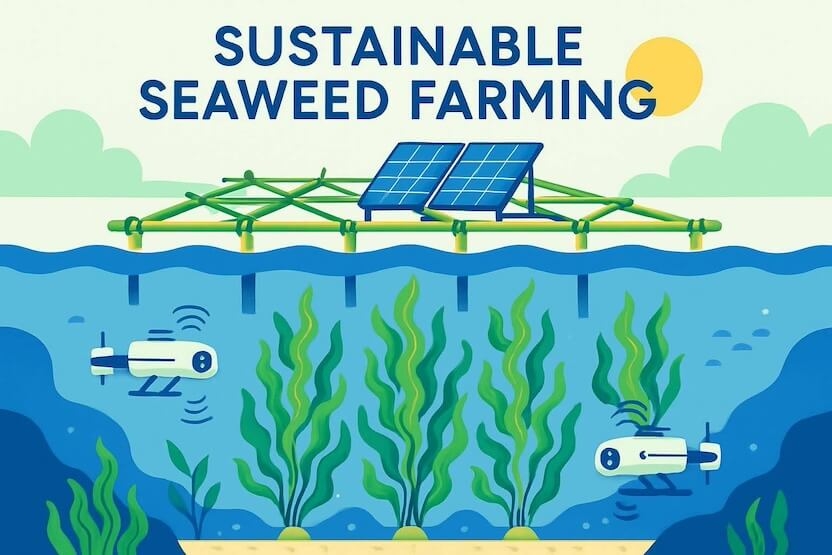
According to research, aquaculture is recognized as the most sustainable means of seaweed production.
In addition, it absorbs carbon dioxide and nitrogen from the water, helping to combat ocean acidification—making it a natural water purifier.
But wait—can eating seaweed really help the environment? Indirectly, yes.
Increased demand for seaweed could incentivize more sustainable aquaculture and help sequester carbon, counteracting climate change.
Seaweed could help the environment
Seaweed is so efficient at growing and cleaning its environment, it's being explored as a tool to help fight climate change and promote sustainable agriculture.
Health benefits: More than just a pretty frond
Seaweed isn't just nutritious; it's potentially life-changing. Here's what the science says:
- Gut health: Seaweeds are excellent sources of fiber, which is great for gut health.
- Blood sugar control: Preliminary research suggests seaweed might help with blood sugar control. Diabetics, take note! For example, a 2023 clinical trial found that fucoxanthin, a seaweed compound, helped support healthy blood pressure and triglyceride levels.
- Thyroid function: With its high iodine content, seaweed is like a thyroid's best friend (when consumed in moderation, of course). Your thyroid relies on iodine and tyrosine—both found in seaweed—to synthesize vital hormones.
Want a simple snapshot of seaweed’s health perks?
Benefit | Why It Matters |
|---|---|
Low cal, high fiber | Supports weight loss, satiety |
Antioxidants | Reduce cell damage, support immunity |
Iodine-rich | Promotes healthy thyroid |
The snack revolution: Why kids (and adults) are going crazy for seaweed
So, why are seaweed snacks becoming the next big thing? It's simple:
- They're salty and crispy (satisfying those chip cravings)
- They're umami-flavored (that's the fifth taste, for those keeping score)
- They're low in calories but high in nutrients
- They're fun to eat (c'mon, who doesn't love a snack that melts in your mouth?)
Wondering what’s “umami”? It’s the savory, mouth-watering taste found in foods like mushrooms, soy sauce, and Parmesan cheese—the reason seaweed tastes so satisfyingly “brothy.”
Even kids are getting in on the action. But why do kids love those toasted seaweed snacks so much? They're salty, crispy, and tasty!
Seaweed snacks contain small to moderate amounts of vitamins A, B, and C, along with minerals like iron, calcium, and magnesium, plus some certain types contain small levels of omega-3 fatty acids (EPA).
Think of it this way: you get all the fun and flavor of a crispy chip, but with a serious upgrade in nutrition.

Get your personalized vitamin recommendations in less than 3 minutes.
Get your personalized vitamin recommendations in less than 3 minutes.

The caveat: Too much of a good thing?
Now, before you go and replace all your meals with seaweed, let's talk moderation. While seaweed is incredibly nutritious, it can contain high levels of iodine and, in some cases, heavy metals. The key is balance.
But wait—does that mean seaweed is risky? Occasionally eating seaweed snacks is safe for most people.
However, eating excessive amounts—especially of high-iodine varieties like kombu—could impact thyroid function or expose you to unwanted contaminants. Moderation and reputable sourcing are key.
Experts suggest eating between 5g and 10g (dry weight) of seaweed per day could bring nutritional benefits without overdoing it. And always source your seaweed from reputable suppliers to avoid any potential contaminants.
Also, according to research, seaweed health claims are promising, but ongoing human studies are needed to fully confirm the extent of long-term benefits.
Still not sure what that looks like? 5–10g of dried seaweed is usually equivalent to 2–4 sheets of nori or a small handful of flakes—easy to add, but not to overdo.
How to ride the seaweed wave
Ready to dive into the world of seaweed snacks? Here are some ways to add this ocean superfood to your diet:
- Munch on dried seaweed sheets as a snack
- Sprinkle seaweed flakes on salads or rice dishes
- Use nori sheets as a low-carb wrap alternative
- Add powdered seaweed to smoothies for a nutrient boost
And if you're feeling adventurous, why not try making your own seaweed snacks? It's easier than you think! For example, roasting large sheets of nori with olive or sesame oil and a sprinkle of salt is a simple and delicious option.
Frequently asked questions (FAQ)
Here are some of the most frequently asked questions about seaweed.
Final thoughts
Seaweed snacks aren't just another trendy food—they're nutrient-dense, environmentally sustainable, and a surprisingly tasty way to upgrade your snacking routine.
By adding modest portions to your diet, you tap into seaweed’s diverse benefits, from gut health to thyroid support and blood sugar regulation.
So why not swap out a bag of chips for some crispy seaweed next time you're craving a snack? Before you do, remember: moderation matters, and always choose trusted brands.
Could exploring the world of seaweed snacks be the easiest step you've ever taken toward a healthier lifestyle?
Sources and references
Editor

Derick Rodriguez
Derick Rodriguez focuses on editing health and wellness-related content. With over half a decade of experience in the digital realm, Derick has developed a unique skill set that bridges the gap between complex health concepts and accessible, user-friendly communication. His approach is deeply rooted in leveraging personal experiences and insights to illuminate the nuances of health and wellness topics, making them more approachable and empowering readers with knowledge and confidence.
Fact checker

Dr. Dimitar Marinov
Dr. Marinov has years of experience in scientific research and preventive and clinical medicine. His publications in peer-reviewed journals are on nutritional status, physical activity, and musculoskeletal disorders among adolescents.
At VitaRx, we're not just passionate about our work — we take immense pride in it. Our dedicated team of writers diligently follows strict editorial standards, ensuring that every piece of content we publish is accurate, current, and highly valuable. We don't just strive for quality; we aim for excellence.
Related posts
While you're at it, here are some other relevant articles you might be interested in.
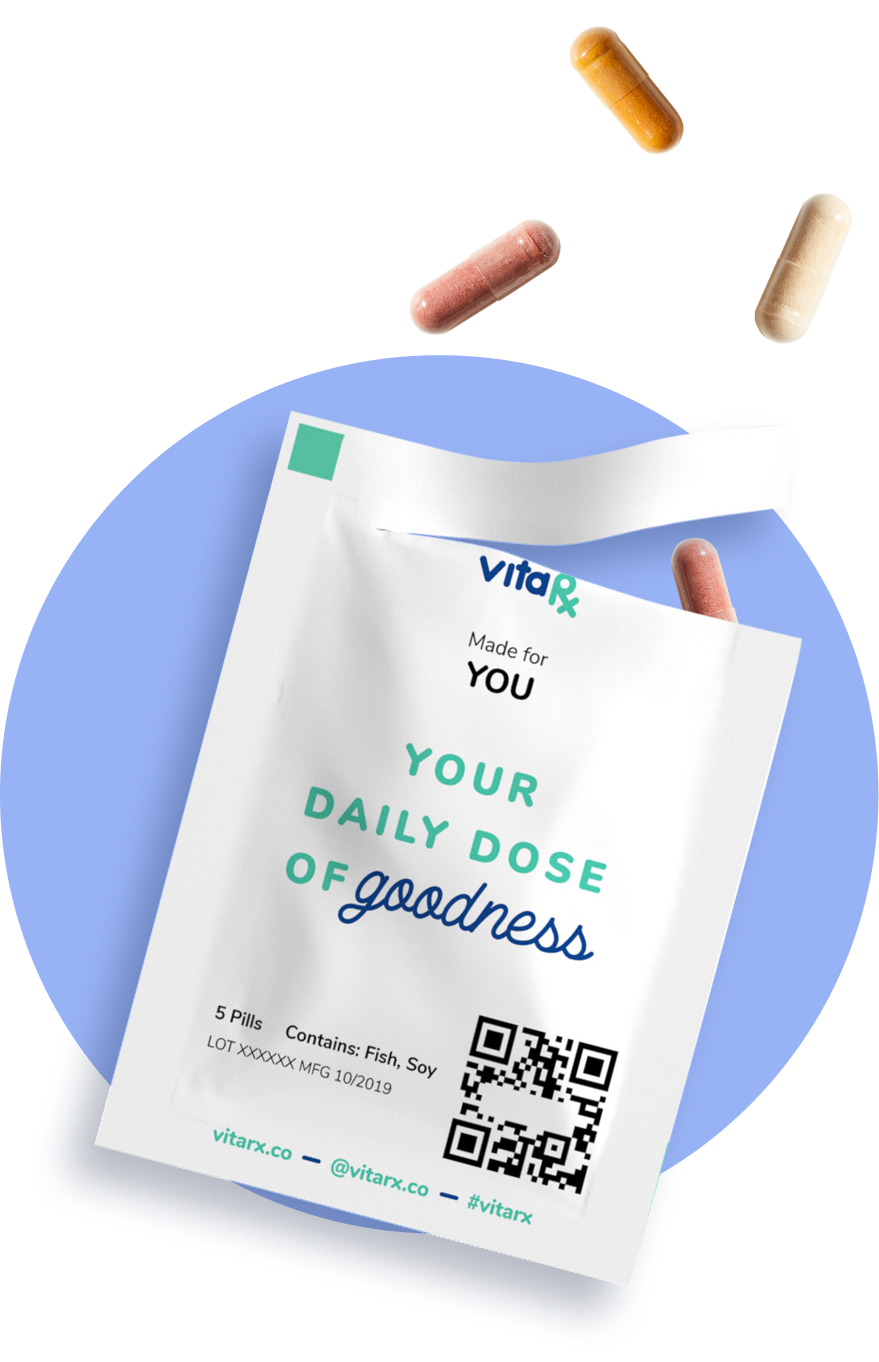
Get your personalized vitamin recommendations in less than
5 minutes.
Get your personalized vitamin recommendations in less than
5 minutes.
